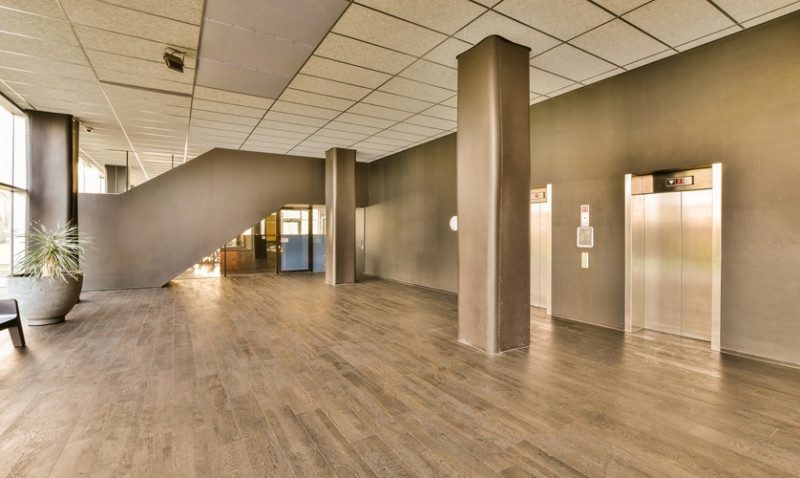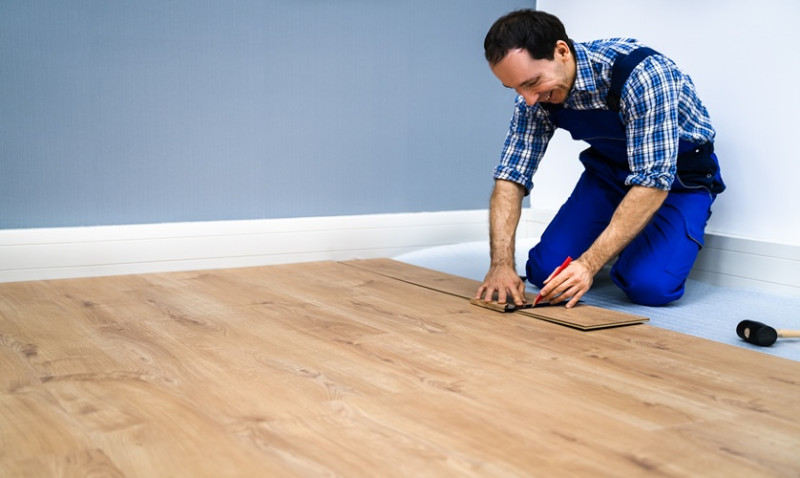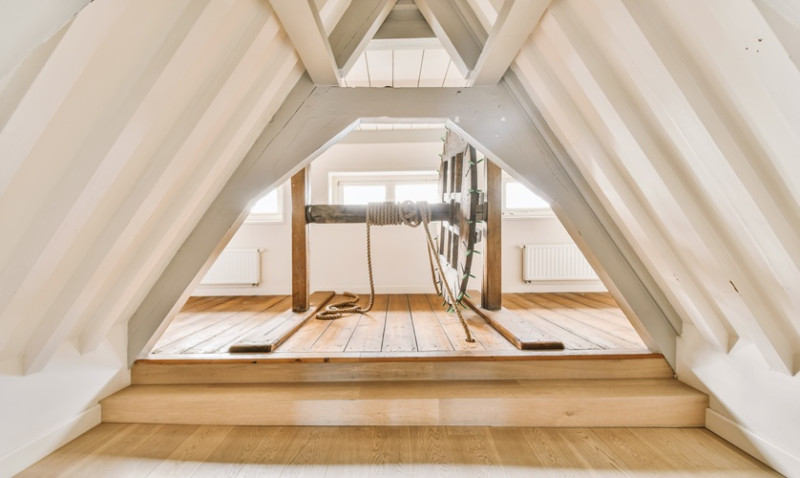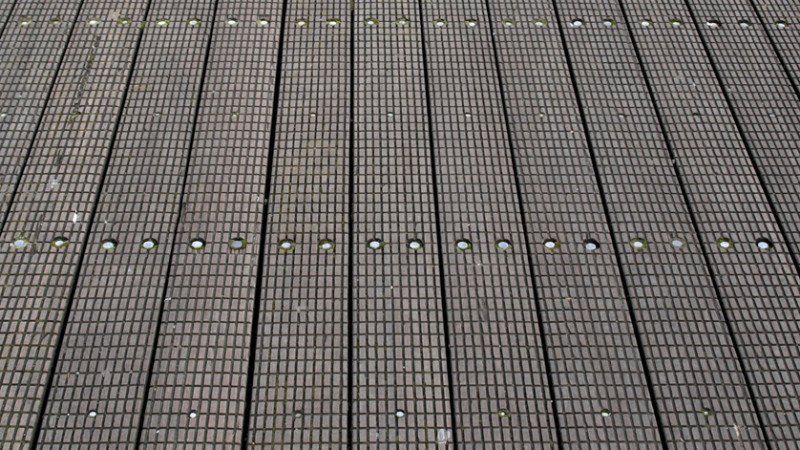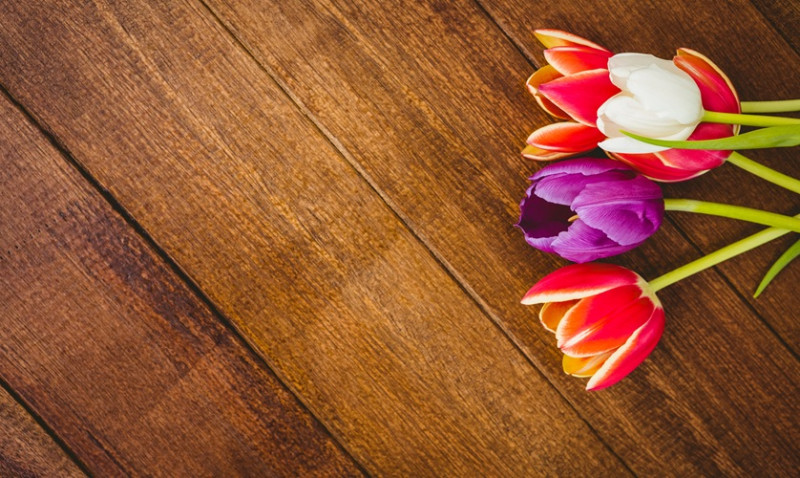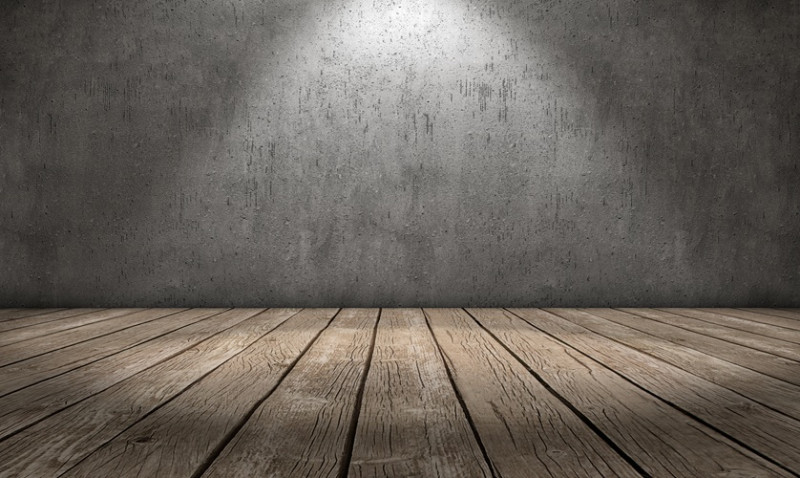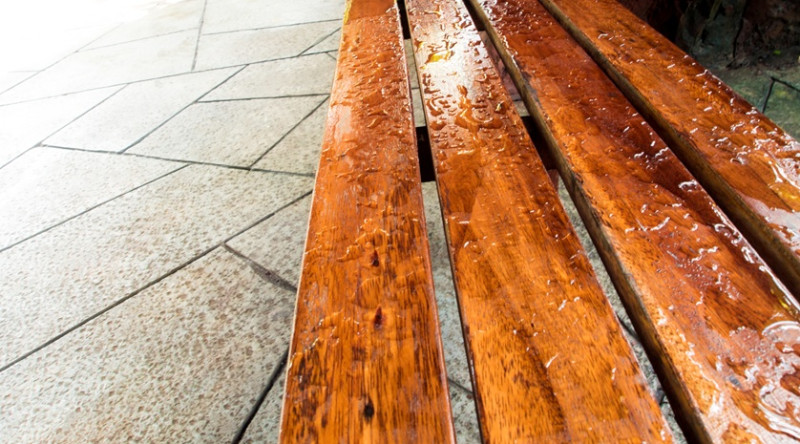
If you’re planning a renovation or working on a furniture restoration project, you’ll eventually face the big decision: varnish or lacquer? While both are clear finishes used to protect wood and other surfaces, they’re not the same — and choosing the right one can mean the difference between a stunning result and a disappointing finish. Whether you're a DIY enthusiast looking to give an old chair new life or a professional tradesman prepping woodwork in a period home, understanding the key distinctions between varnish and lacquer is crucial.
This guide will walk you through everything you need to know so you can make an informed, confident choice when it comes to your next project. Let’s dig in.
What is Varnish?
Varnish is a transparent, hard, protective finish made from resins, oils, and solvents. Traditionally used on wood, varnish enhances natural grain patterns while offering excellent protection against moisture, UV rays, and wear-and-tear. It's popular among professionals and DIYers who want a finish that balances aesthetics and durability.
There are several types of varnish including polyurethane, alkyd, and acrylic. Polyurethane is the most widely used for home interiors in the UK due to its toughness. For outdoor uses, spar or marine varnish is often chosen because of its enhanced resistance to weather conditions.
Varnish typically gives a warmer tone to wood, making it ideal for pieces where you want the natural characteristics of the timber to shine through. It dries slower than lacquer and is often applied in fewer coats, but those coats can take longer to cure.
Application of varnish is relatively easy with a brush or roller, and it offers a forgiving working time. However, it can be slower to dry, meaning you’ll need more time between coats. On the upside, this reduces the chances of bubbling and streaking for DIYers who are still perfecting their technique.
Varnish is more flexible once cured, and this allows it to expand and contract along with the wood — a particularly useful feature in the varied and often damp climate of the UK.
What is Lacquer?
Lacquer is a fast-drying finish made from a combination of solvents, resins, and, frequently, nitrocellulose. It’s known for creating a smooth, high-gloss surface that’s often seen on pianos, cabinetry, and fitted furniture. Its quick dry time is a big win for projects where time is of the essence.
Unlike varnish, lacquer dries via solvent evaporation. This results in a thinner but more integrated finish that bonds well with the layers below, allowing for multiple coats in a single day. This is one reason why lacquer is often applied professionally using spray equipment — and why it’s commonly used in high-volume manufacturing.
Lacquer usually offers a shinier finish compared to varnish, but modern formulations now include matte, satin, and semi-gloss options. This gives architects, designers, and homeowners more flexibility in choosing the ideal aesthetic for modern interiors.
While lacquer dries quickly, it's less forgiving than varnish. Overlap marks, drips, or over-application can happen easily if you don't have experience with spraying. Because of the fumes and flammable solvents, it's important to use lacquer in a well-ventilated area — something that might be a challenge for home DIY projects.
Lacquer’s hard, brittle surface can be vulnerable to chips and scratches. In high-traffic or high-impact environments (like staircases, skirting boards or tabletops) lacquer may not offer the best long-term durability unless well-maintained or regularly re-coated.
Key Differences Between Varnish and Lacquer
To help you quickly compare the two finishes, here's a handy side-by-side breakdown:
| Feature | Varnish | Lacquer |
|---|---|---|
| Drying Time | Slow (hours) | Fast (minutes) |
| Application Method | Brush or roller | Sprayer (recommended) |
| Finish Options | Matte, Satin, Gloss | Matte, Satin, High Gloss |
| Durability | Highly durable and flexible | Very hard but brittle |
| Best For | Outdoor furniture, floors, DIY use | Cabinetry, musical instruments, professional use |
| Ease of Repair | Easier to repair spot damage | Requires full re-coating for uniform finish |
| Weather Resistance | Excellent (esp. marine varnish) | Low – prone to moisture damage |
| Environmental Factors | Less toxic, lower VOC formulas available | High VOC, strong fumes – needs ventilation |
Which One Should You Choose?
So how do you decide which finish is right for your next project? Here are a few questions that can help you narrow it down:
- Are you finishing something that will be used outdoors? Go for varnish. Its resistance to moisture, UV, and the unpredictable British weather makes it an easy choice.
- Is time a major concern? Lacquer’s fast drying time could save you hours or even days—especially on projects requiring multiple coats.
- Do you want a glass-like, flawless finish? Lacquer wins here, particularly on cabinetry and decorative pieces where aesthetics are top priority.
- Are you working indoors in a residential space? Varnish might be safer and more manageable due to its lower fumes and easier application with a brush or roller.
- How experienced are you? If you’re a DIY beginner, varnish tends to be more forgiving and requires less specialised equipment.
Expert Tips for Application
No matter which finish you opt for, proper preparation and application are key to achieving professional-quality results. Here are a few tips:
1. Prep the surface: Sand thoroughly and clean before applying a finish. Dust or uneven texture will show through.
2. Thin coats are better: Especially with lacquer. Applying too much at once can lead to runs, pooling, or cracking as it dries too quickly on the surface.
3. Use proper ventilation: Particularly when using lacquer. Open windows, wear a mask, and follow health and safety guidelines, as fumes can be dangerous.
4. Don’t rush between coats: Even lacquer, though fast-drying, needs time to bond properly before recoating. Wait longer for varnish, especially in damp weather.
5. Finish with a light sanding: Between coats, a quick rub with fine sandpaper (320+ grit) will ensure the next coat adheres well and looks silky-smooth.
Final Thoughts
Whether you choose varnish or lacquer will depend on your project’s specific needs, your level of experience, and the final look you're aiming for. Both finishes offer excellent protective qualities when used correctly, but understanding how they differ helps ensure that you select the best product for the job.
For long-lasting and weather-resilient wood finishes, especially in traditional UK homes, varnish is often the smarter choice. If you crave that high-end polished finish on a freshly made kitchen or bespoke built-in wardrobe, lacquer might be your go-to — just don’t forget the proper precautions.
Still unsure what to use for your project? Chat with your local paint and hardware specialist — or contact us for personalised guidance. We love helping customers get the most out of their home improvement efforts.
